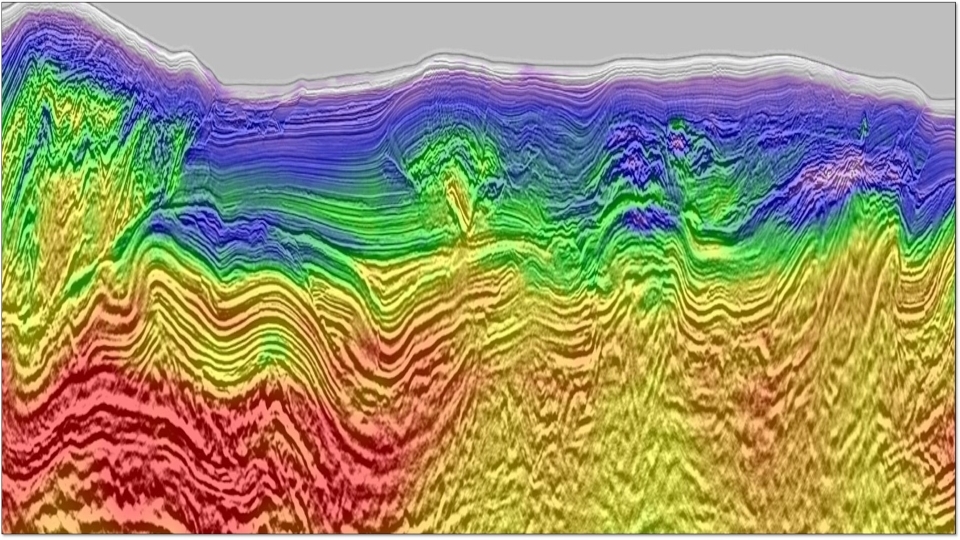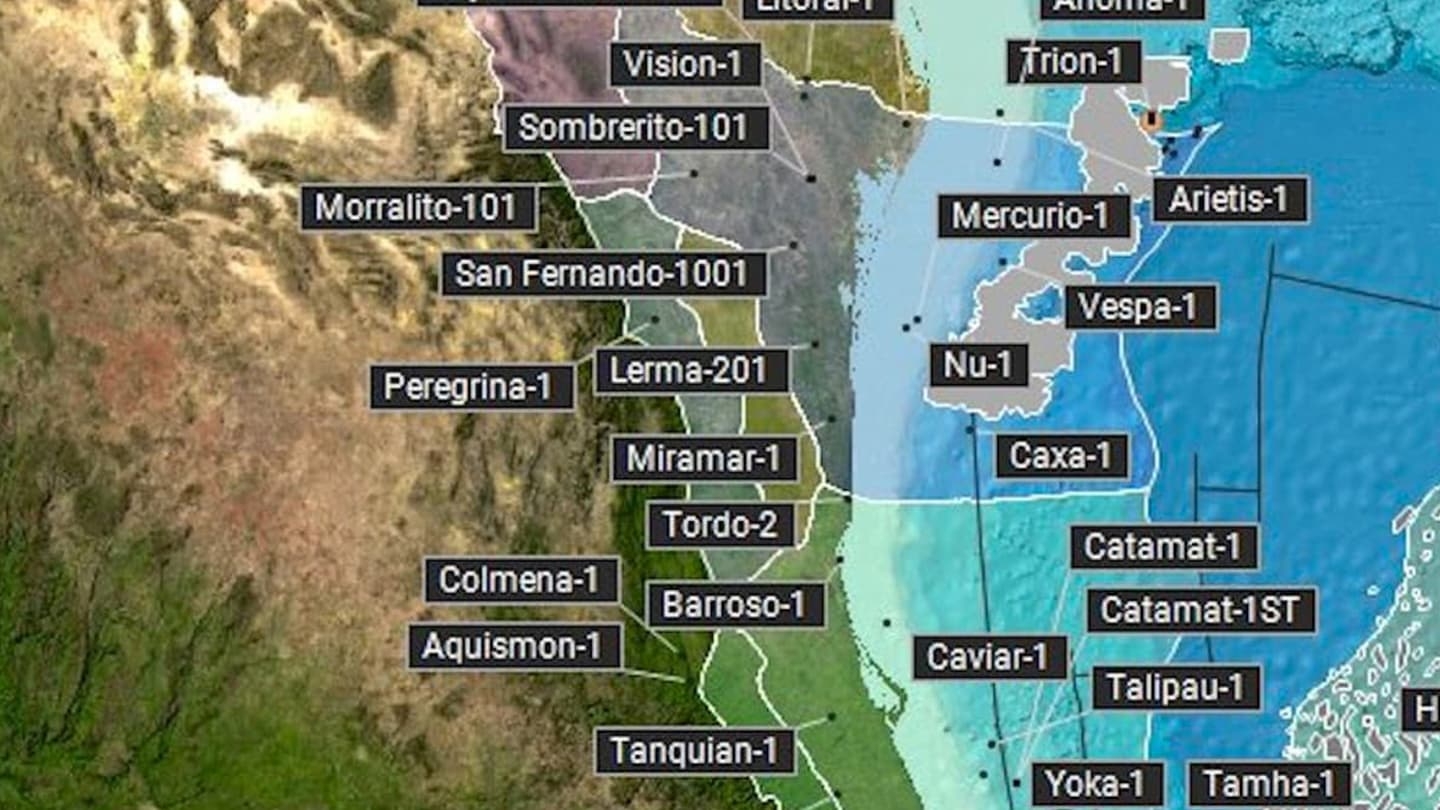Technical Abstract
Imaging through near-surface absorption bodies with visco-acoustic least-squares migration: a case study from the Northern Viking Graben
Back to Technical ContentAmplitude attenuation and phase distortion of seismic data are byproducts of the Earth’s anelasticity (Q). These effects are exacerbated under regions of anomalously high absorption, such as shallow gas, causing uneven illumination and migration artifacts. We present a case study from the Norwegian North Sea where we utilize single-iteration, least-squares, visco-acoustic, prestack depth migration to produce a stable Q-compensated image. This used high-resolution, p-wave velocity and attenuation models, derived from visco-acoustic FWI. We show this workflow compensates locally for amplitude loss, eliminates the need for a Q-compensation amplitude gain limit, and enhances illumination, event coherency and AVO attributes, while reducing noise
Download Resource 
Publications
SEG - Society of Exploration GeophysicistsAuthors
Thomas Latter, Malgorzata Gregory, Andrew Ratcliffe, Graham Roberts, Bingmu Xiao, Rhea Sood and Chris Purcell, CGG





